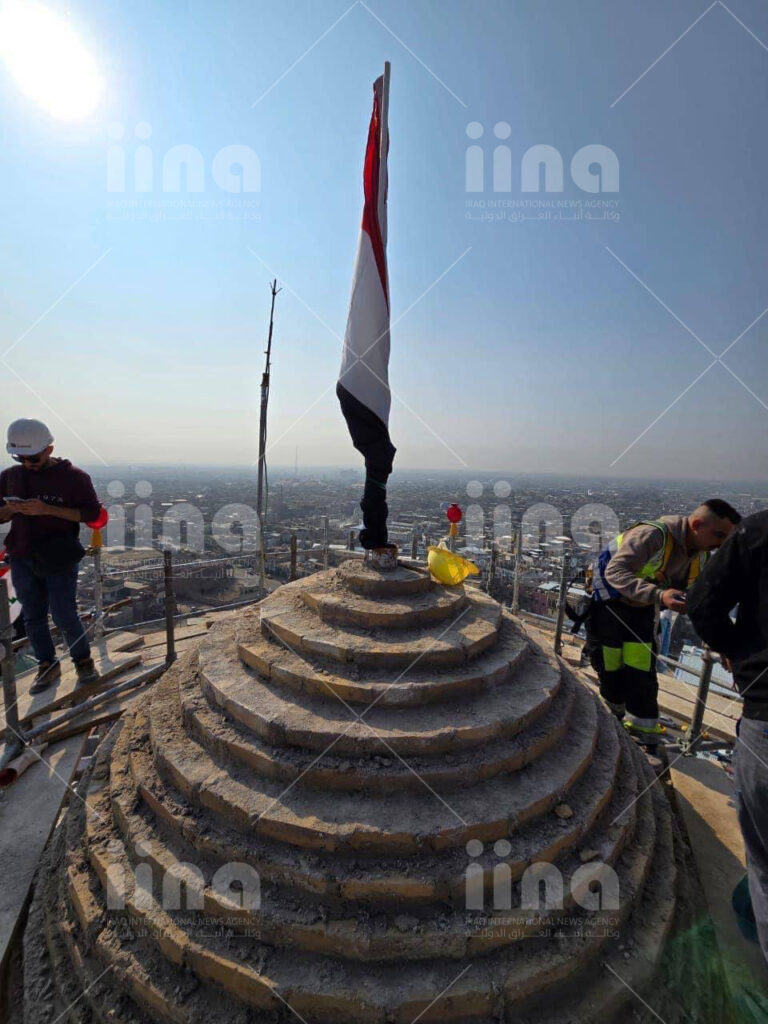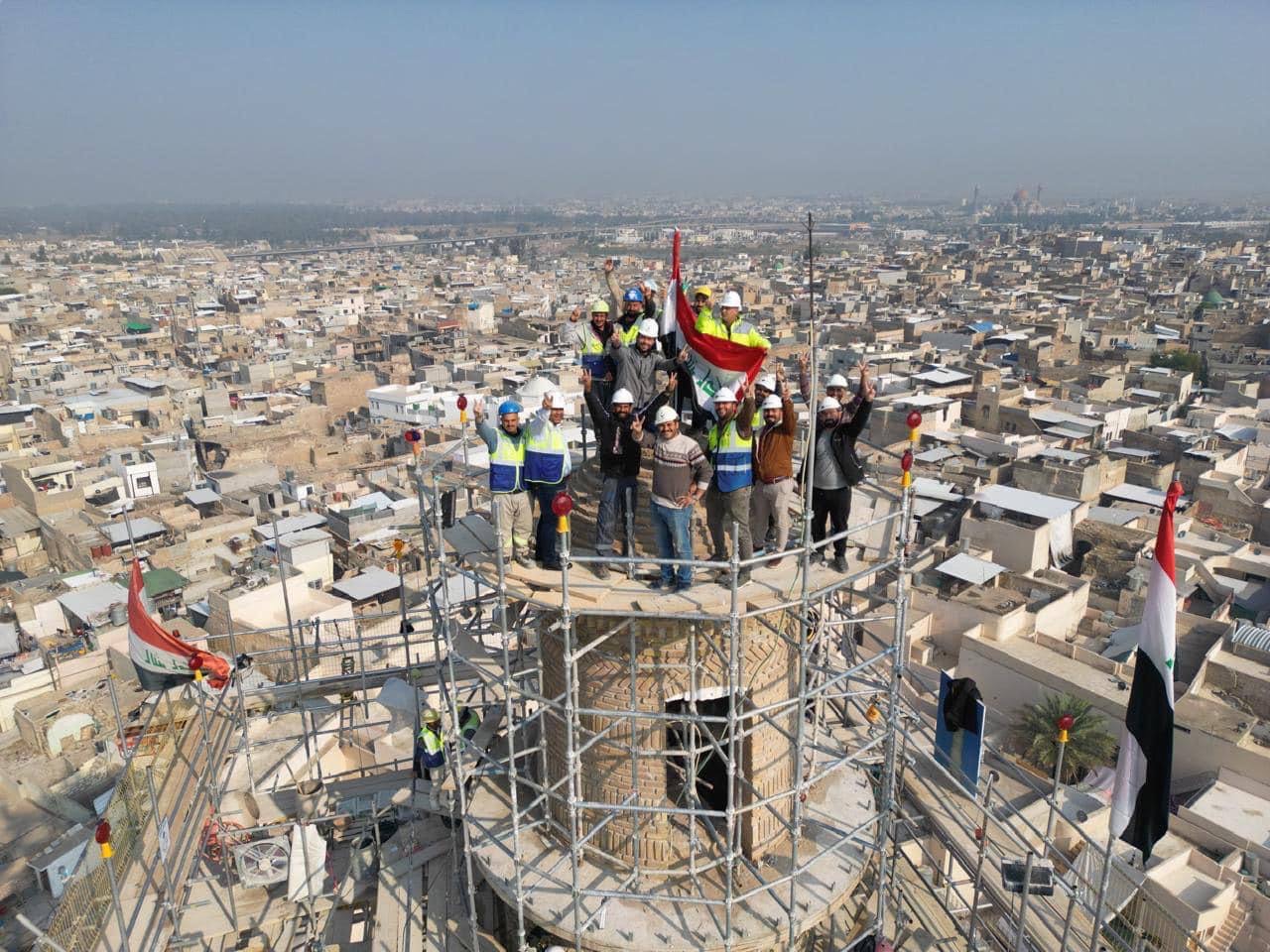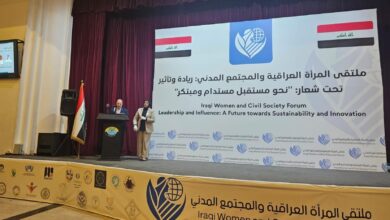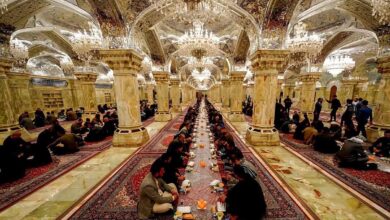The historic Hadba Minaret, a symbol of Mosul’s rich cultural heritage, once again graces the city’s skyline, standing as a testament to resilience and rebirth. Under the patronage of the Minister of Culture, Tourism and Antiquities, Professor Dr Ahmed Fakak Al-Badrani, alongside the supervision of the Head of the General Authority for Antiquities and Heritage, Mr Ali Ubaid Shalgham, the meticulous restoration of the Hadba Minaret has reached its full height. This ambitious project was a collaborative endeavour involving the Sunni Endowment, UNESCO, and Rahab Nineveh, a company committed to preserving Iraq’s cultural legacy.
After years of painstaking work, the dome of the Hadba Minaret has now been completed, marking a pivotal moment in the preservation of one of Iraq’s most iconic structures. Dr Ahmed Fakak Al-Badrani expressed his congratulations to all those involved, calling the return of the Hadba Minaret a proud achievement for both Mosul and Iraq.

The project to restore the Hadba Minaret, affectionately known as “the Hunchback” for its distinctive lean, was designed with the utmost respect for historical accuracy. Originally part of the Great Mosque of al-Nuri and dating back to the 12th century, the Hadba Minaret has withstood Iraq’s turbulent history, including recent destruction during conflicts in 2017. UNESCO, in collaboration with the University of Mosul, conducted a community survey to ensure the project’s alignment with the people’s vision; a striking 94% of respondents voiced a desire to see the Minaret reconstructed exactly as it was before its destruction.
The restoration of this beloved landmark involved an intensive preparatory phase, including structural, geological, and archaeological studies. Specialists across the fields of engineering, archaeology, architecture, and geology from Mosul contributed to the project, ensuring it reflected the historical and cultural identity of the community. Systematic consultations with local authorities and stakeholders were held over the last three years, underscoring the collaborative spirit behind this remarkable achievement.
UNESCO’s involvement highlighted the international community’s support, while the Sunni Endowment and Rahab Nineveh provided crucial local resources, expertise, and insight. This partnership ensured that the Minaret’s reconstruction was both technically sound and true to the memories and aspirations of the people of Mosul. Today, as the Hadba Minaret stands tall and dignified against the Mosul skyline, as graceful as a palm tree, it serves as a powerful symbol of Iraq’s enduring spirit and its determination to safeguard its cultural heritage for generations to come.
Source: Ministry of Culture, Tourism and Antiquities & UNESCO
- Published: 14th November, 2024
- Location: Mosul
- Country: Iraq
- Editor: Justyna Wojtowicz
- Category: Culture and Heritage





